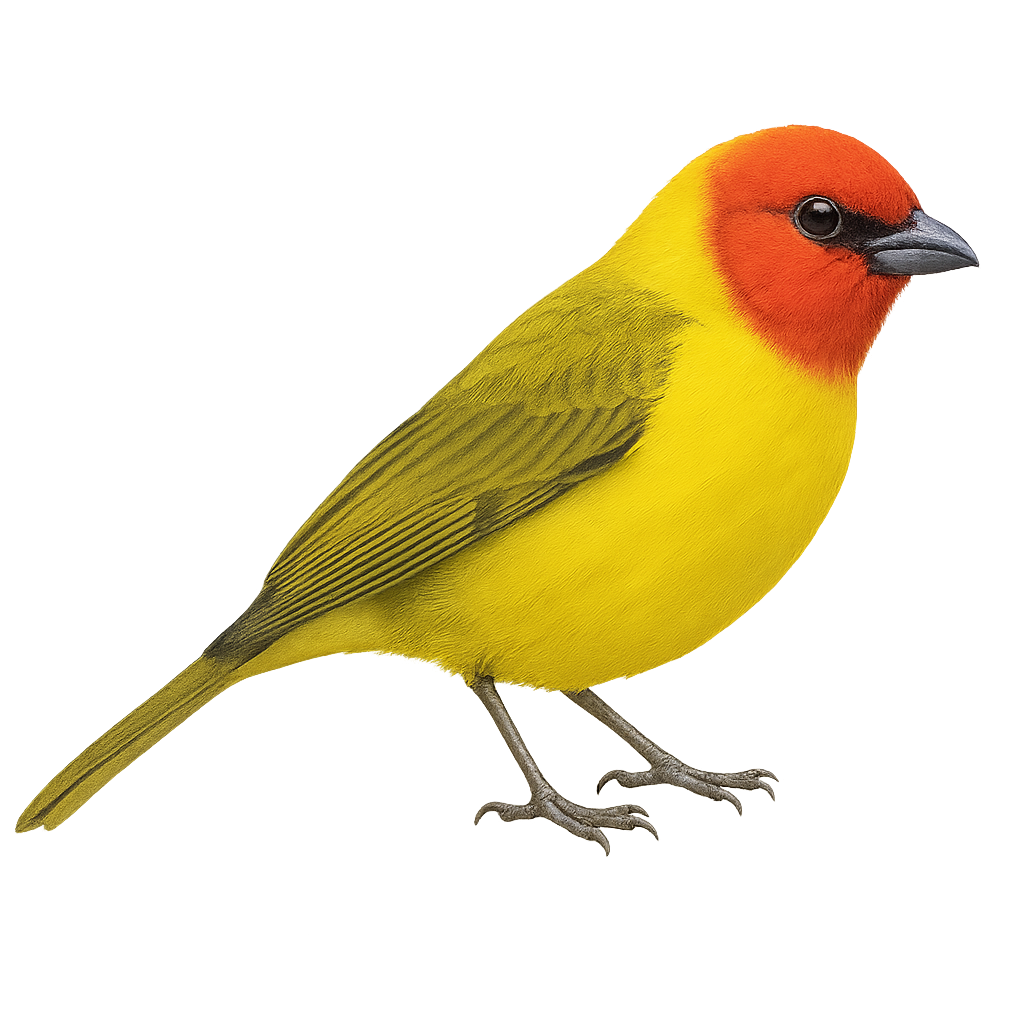Your wildlife photography guide.
Explore the red-headed tanager in detail, study its behavior, prepare your shots.
Where to observe and photograph the red-headed tanager in the wild
Learn where and when to spot the red-headed tanager in the wild, how to identify the species based on distinctive features, and what natural environments it inhabits. The WildlifePhotographer app offers tailored photography tips that reflect the red-headed tanager’s behavior, helping you capture better wildlife images. Explore the full species profile for key information including description, habitat, active periods, and approach techniques.
Red-headed Tanager
Scientific name: Piranga erythrocephala

IUCN Status: Least Concern
Family: CARDINALIDAE
Group: Birds
Sensitivity to human approach: Suspicious
Minimum approach distance: 10 m
Courtship display: May to July
Incubation: 13-14 jours
Hatchings: June to July
Habitat:
Mountain forests, tropical forests, wooded areas
Activity period :
Primarily active during the day, with peak activity in the morning and late afternoon.
Identification and description:
The Red-headed Tanager, or Piranga erythrocephala, is a vibrant bird found mainly in the mountainous forests of Mexico. This passerine is notable for its bright red head, which contrasts with its yellow-green body and dark wings. Males display more vivid colors than females, who have a duller hue. They primarily feed on insects and fruits, which they find in the forest canopy. Their song is melodious and varied, often heard during the breeding season. Although their habitat is relatively restricted, they are not currently considered threatened. However, deforestation could pose a long-term risk to their populations.
Recommended lens:
400mm – adjust based on distance, desired framing (portrait or habitat), and approach conditions.
Photography tips:
To photograph the Red-headed Tanager, focus on mountainous forests where it is most commonly seen. Use a 400mm lens or longer to capture detailed images without disturbing the bird. Be patient and wait for it to perch on an open branch for a clear shot. Morning is often the best time to observe them, as they are more active then. Ensure you respect the safety distance to avoid scaring them and use a tripod to stabilize your camera.
The WildlifePhotographer App is coming soon!
Be the first to explore the best nature spots, track rutting seasons, log your observations, and observe more wildlife.
Already 1 439 wildlife lovers subscribed worldwide

